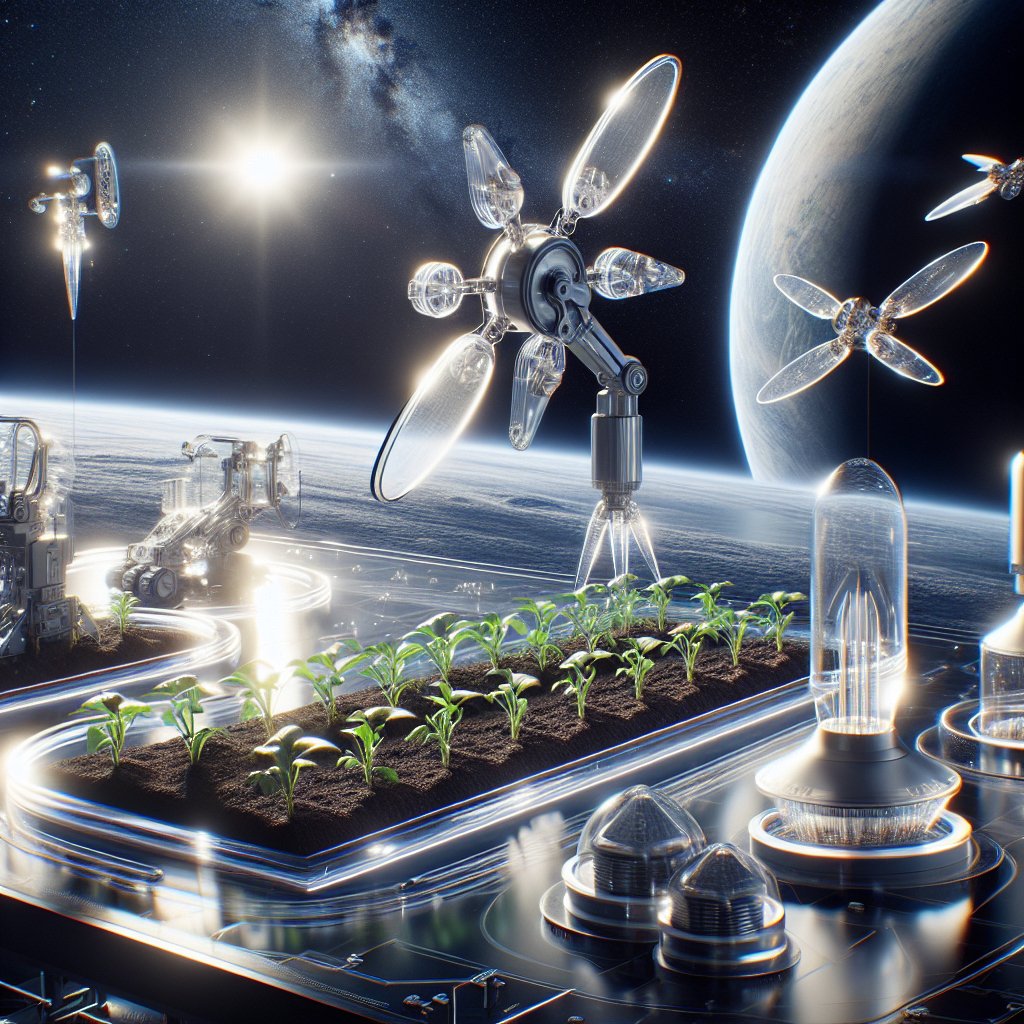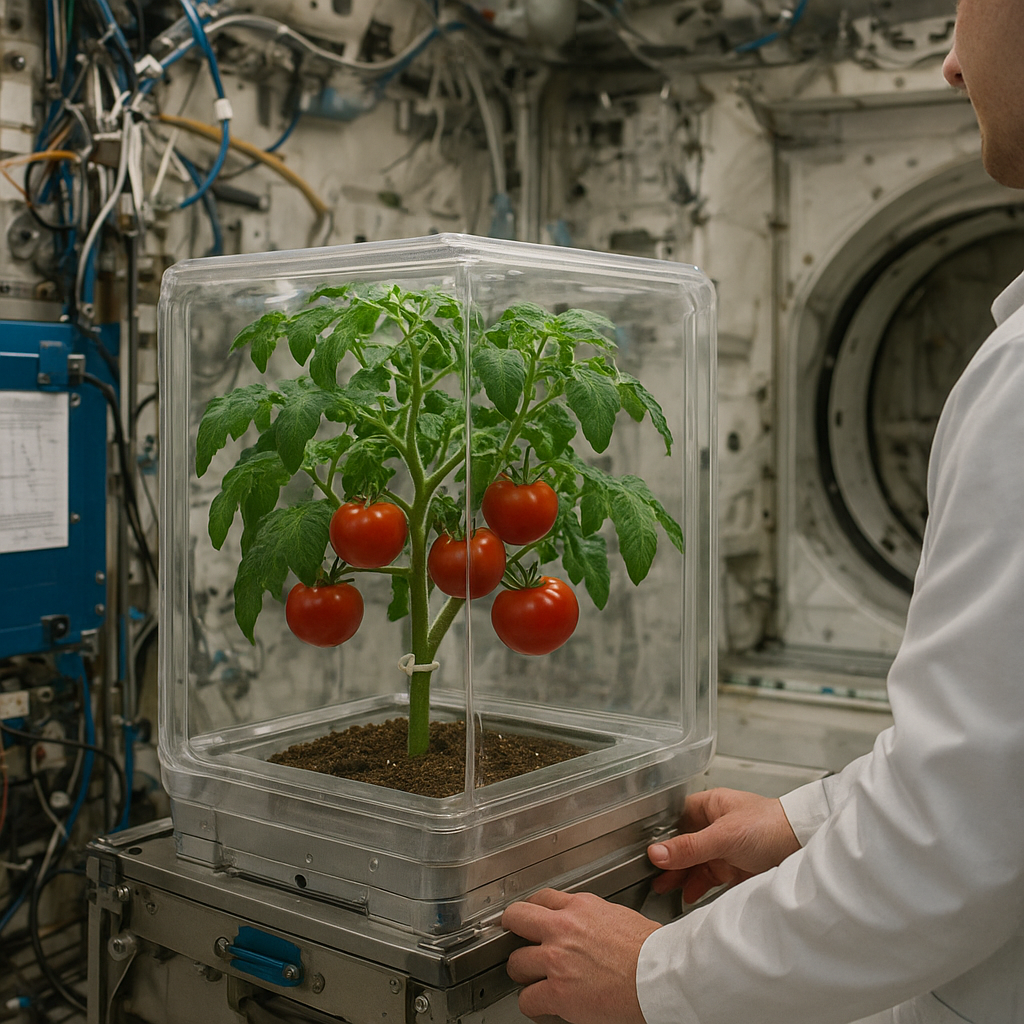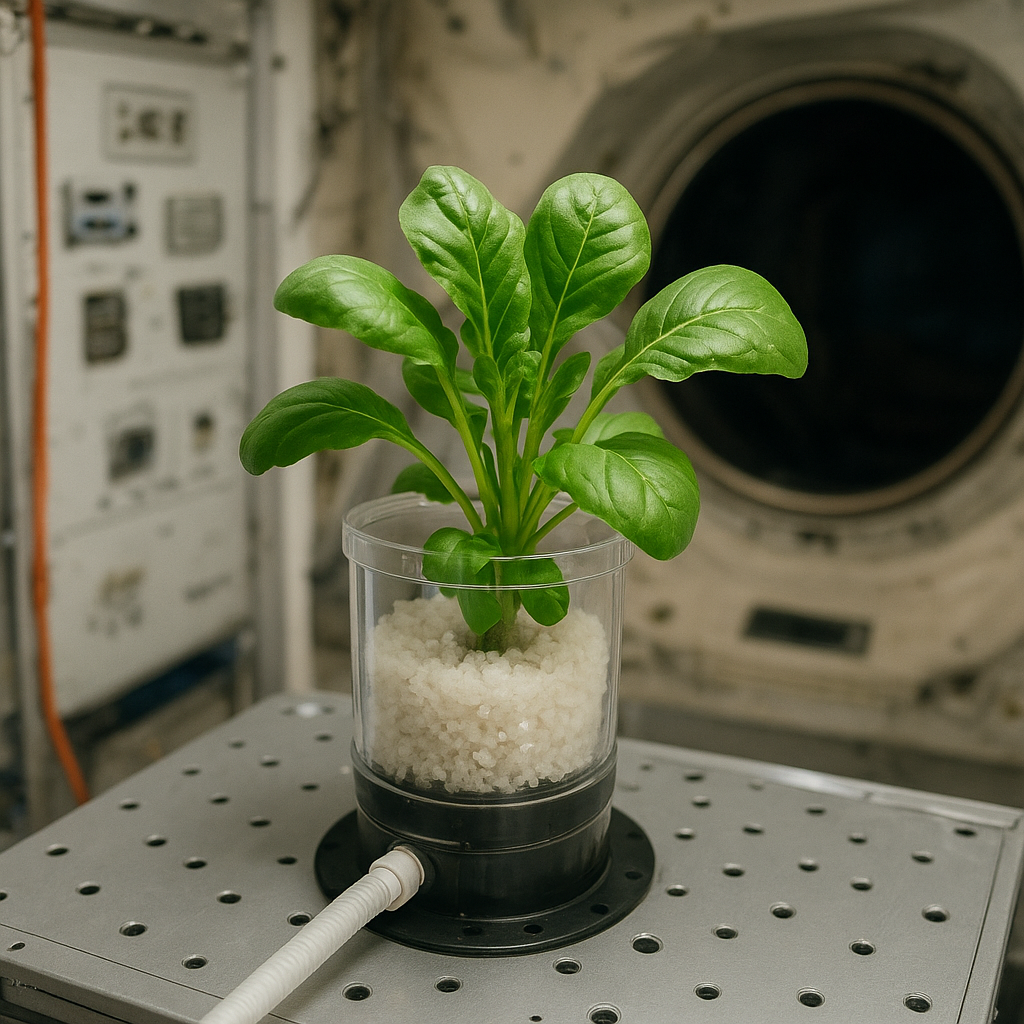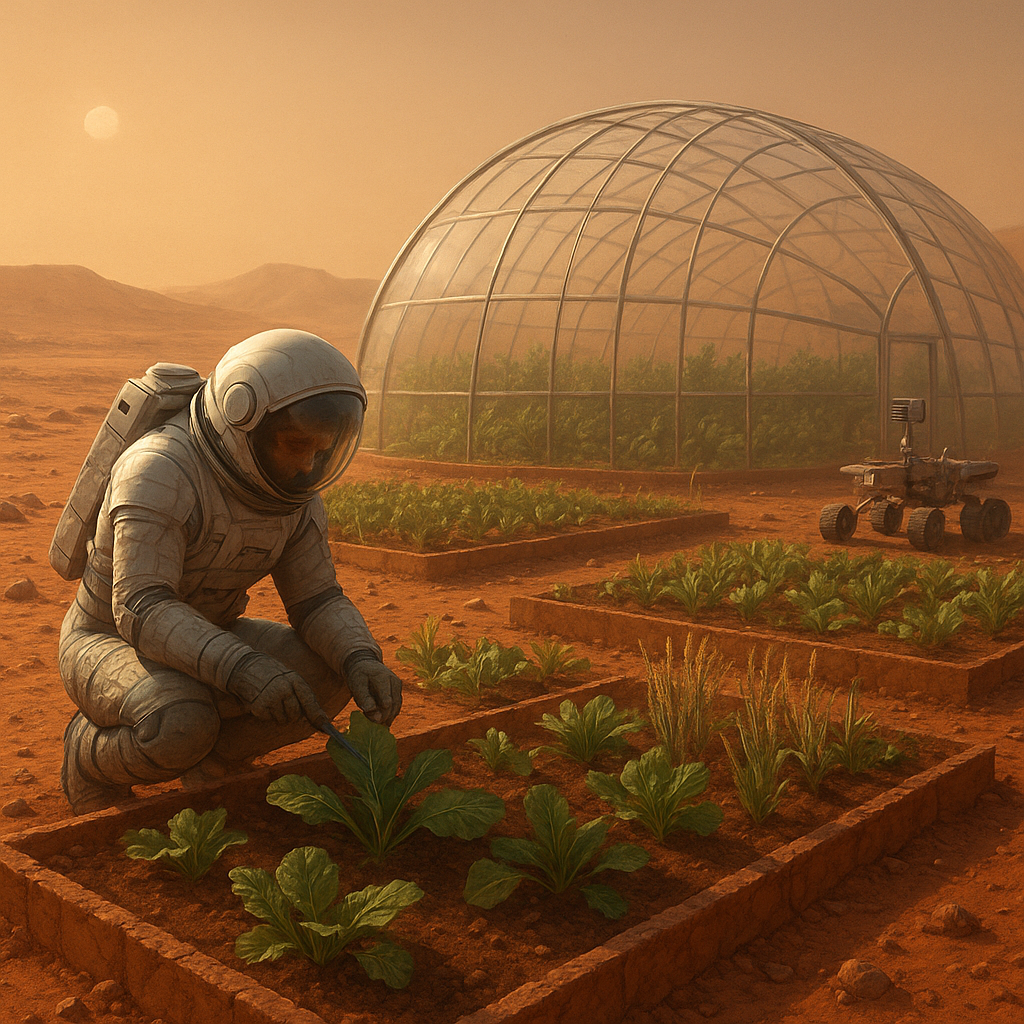The intersection of agriculture and space exploration presents a fascinating frontier, particularly with the advent of 3D printing technology. As humanity looks toward establishing a sustainable presence beyond Earth, the ability to produce farming tools and equipment in space could be a game-changer. This article delves into how 3D printing could revolutionize farming tools in space, exploring its implications for food production, resource management, and the future of extraterrestrial agriculture.
The Need for Sustainable Agriculture in Space
As space agencies and private companies plan missions to Mars and beyond, the need for sustainable agriculture becomes increasingly critical. Traditional methods of transporting food from Earth are not feasible for long-term missions due to the high costs and logistical challenges involved. Instead, astronauts will need to grow their own food in space, which requires specialized tools and equipment that can withstand the unique conditions of extraterrestrial environments.
One of the primary challenges of farming in space is the lack of readily available resources. Water, soil, and nutrients must be carefully managed and recycled, making it essential to have tools that are not only efficient but also adaptable to changing conditions. 3D printing offers a solution by allowing for the on-demand production of farming tools tailored to specific needs and environments.
3D Printing: A Game Changer for Space Agriculture
3D printing, or additive manufacturing, involves creating three-dimensional objects from digital files by layering materials. This technology has already made significant strides in various industries, including healthcare and construction. In the context of space agriculture, 3D printing can provide several advantages:
- Customization: 3D printing allows for the design and production of tools that are specifically tailored to the needs of astronauts and the crops they are growing. This customization can lead to more efficient farming practices and better crop yields.
- Resource Efficiency: By producing tools on-site, astronauts can minimize the amount of equipment they need to transport from Earth. This not only reduces costs but also decreases the weight and volume of supplies needed for missions.
- Rapid Prototyping: The ability to quickly design and print new tools means that astronauts can adapt to unforeseen challenges in their farming operations. If a tool breaks or a new farming technique is needed, it can be produced on-demand without waiting for resupply missions.
- Material Versatility: 3D printing can utilize a variety of materials, including bioplastics and recycled materials, which can be sourced from the space environment. This opens up possibilities for creating tools that are not only functional but also environmentally friendly.
Applications of 3D Printing in Space Farming
The potential applications of 3D printing in space farming are vast. Here are some key areas where this technology could make a significant impact:
1. Tool Production
One of the most immediate applications of 3D printing in space agriculture is the production of farming tools. From simple hand tools like trowels and shovels to more complex devices like irrigation systems and planting machines, 3D printing can create a wide range of equipment tailored to the specific needs of astronauts. This capability ensures that astronauts have the right tools at their disposal, enhancing their ability to cultivate crops effectively.
2. Hydroponic Systems
Hydroponics, a method of growing plants without soil, is particularly well-suited for space environments where traditional farming methods may not be feasible. 3D printing can be used to create customized hydroponic systems that optimize water and nutrient delivery to plants. These systems can be designed to fit the unique constraints of spacecraft or Martian habitats, ensuring that crops receive the necessary resources for growth.
3. Research and Experimentation
3D printing can facilitate research and experimentation in space agriculture by allowing scientists to create specialized equipment for conducting experiments. For example, researchers can design and print growth chambers with specific environmental controls to study how different conditions affect plant growth. This ability to rapidly prototype and test new ideas can lead to breakthroughs in our understanding of extraterrestrial agriculture.
4. Repair and Maintenance
In the harsh environment of space, equipment is prone to wear and tear. 3D printing can be invaluable for repairing broken tools or machinery. Instead of waiting for a resupply mission, astronauts can print replacement parts on-site, ensuring that their farming operations continue without interruption. This capability is crucial for maintaining a sustainable food supply during long-duration missions.
Challenges and Considerations
While the potential of 3D printing in space agriculture is promising, several challenges must be addressed to fully realize its benefits:
- Material Limitations: The materials used for 3D printing in space must be carefully selected to withstand the harsh conditions of space, including radiation and extreme temperatures. Research is ongoing to identify suitable materials that can be sourced from extraterrestrial environments.
- Technical Expertise: Astronauts will need training in 3D printing technology to effectively design and produce tools. This requires investment in education and training programs to ensure that crew members are equipped with the necessary skills.
- Regulatory and Safety Concerns: The use of 3D printing in space raises questions about safety and regulatory compliance. Ensuring that printed tools meet safety standards is essential to prevent accidents and ensure the success of farming operations.
The Future of Space Agriculture
As humanity prepares for a future where we may live and work on other planets, the integration of 3D printing technology into space agriculture will be crucial. The ability to produce farming tools on-demand not only enhances the efficiency of food production but also supports the broader goal of establishing sustainable human settlements beyond Earth.
In the coming years, we can expect to see continued advancements in 3D printing technology, as well as increased collaboration between space agencies, agricultural experts, and engineers. This interdisciplinary approach will be essential for overcoming the challenges of space farming and unlocking the full potential of 3D printing in this field.
Conclusion
The convergence of agriculture and space exploration is an exciting frontier that holds the promise of revolutionizing how we produce food beyond Earth. 3D printing stands at the forefront of this transformation, offering innovative solutions to the challenges of farming in space. By enabling the on-demand production of customized tools and equipment, 3D printing can enhance the efficiency and sustainability of space agriculture, paving the way for a future where humans can thrive on other planets.
As we continue to explore the cosmos, the lessons learned from space agriculture will not only benefit future missions but may also provide insights into improving agricultural practices here on Earth. The journey into the stars may very well lead us to a deeper understanding of our own planet’s agricultural challenges, ultimately fostering a more sustainable future for all.




